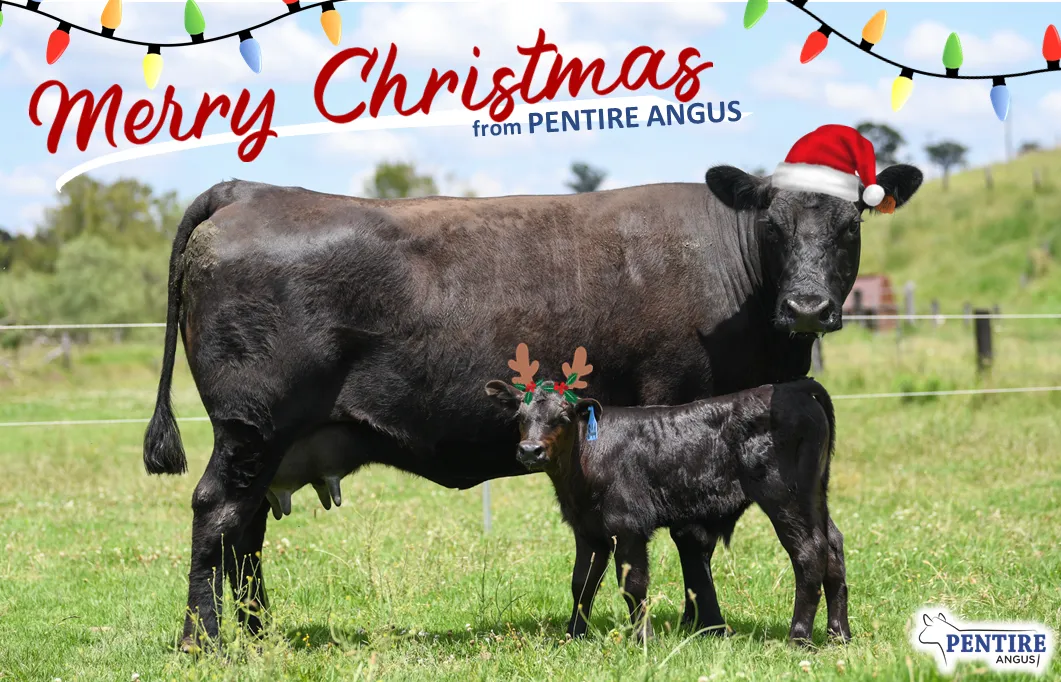We are all swamped and time-poor with everyday life, and therefore our cattle operations must be low maintenance and profitable. Our cattle need a Great structure that includes feet, legs, heads and jaws—correct shoulder angles with excellent neck extension for built-in calving ease. Also, With built-in longevity, the ability to eat and convert grass into high-quality beef and other products used by humans. A very quiet temperament is essential for the handlers’ health and safety to run our low maintenance profitable operations.
Are the goals of Pentire Angus and I feel for any operation are to produce Trouble-free (even though there is no such thing. We all get heifer calving mishap, sore foot and accidents. Which certainly does not mean we cannot aim for it,)
At Pentire, I am continually working on the maternal side of the operation to breed low maintenance/trouble-free females. Starting with easy calving (not necessarily low birth weight, if they start rung out little runts, they generally stay that way for their entire life. Or even a short gestation length, and I feel it is best they go term 281 days gestation to handle the rigours of our hill country and wild dogs.) so the correct structure of the cow and the calf is critical.
None of us has time to mess around checking calving cows/heifers, which costs us time and lost production. Temperament plays a significant role in this when we get a chance to check on them. It is not much fun looking at their north end as they are running south. ( We all enjoy admiring our cows, one of the reasons we do what we do.) or taking all day to yard them if they have an issue. That can be very frustrating with lots of colourful languages. Or we are even stretching a hamstring trying to get out of the way. I am a bit slow, so that’s not good. We need cattle that pretty much take care of themselves and are easy to handle when we need to handle them for vaccinations—using less labour and being less stressful.
We need our females to do very well on the available feed! To raise their calves, get back in calf, and then have a calf every year. We need to be selecting the appropriate genetics and type of cattle with a strong constitution. Good doing abilities are essential for this to happen! I have found at Pentire Angus that the thicker, longer, more structurally correct type of animal with show ring good looks fit the bill perfectly.
Head over to the Pentire Angus website and download a copy of the Herd assessment guide, which is a useful guide on the great structure I strive for in the Pentire Angus herd.
If you would like some help with assessing your herd fill in the Free Herd Assessment on the website. And I will contact you to arrange a time.
Merry Christmas, may there be lots of pudding and beer
Justin Richards
